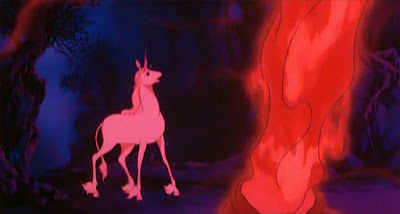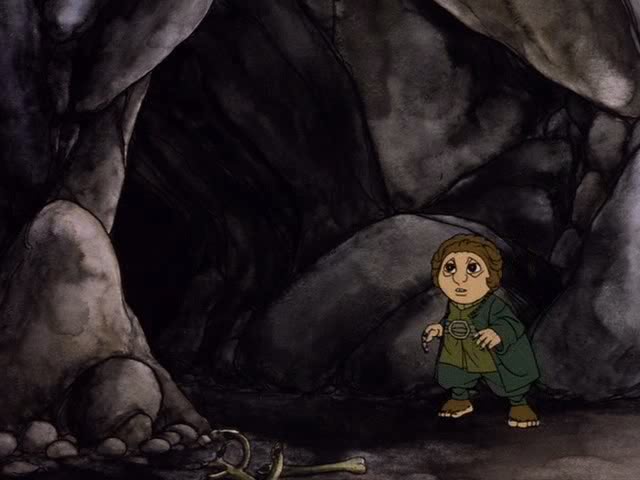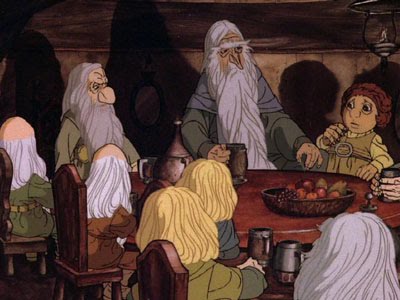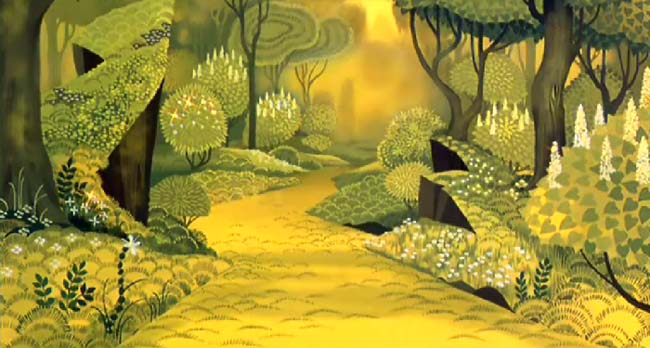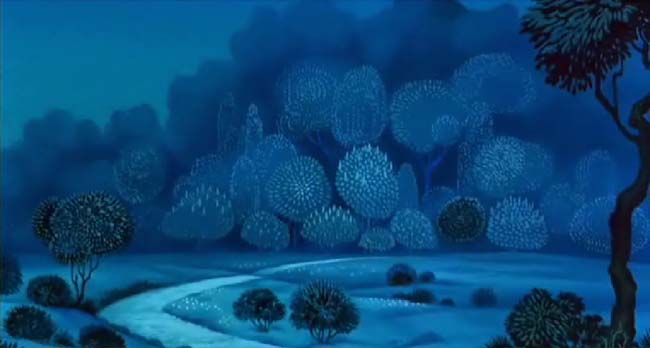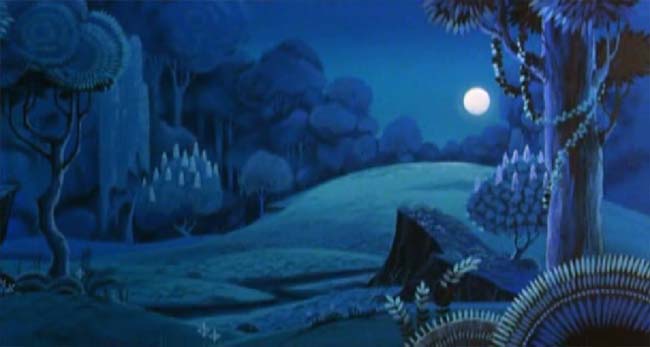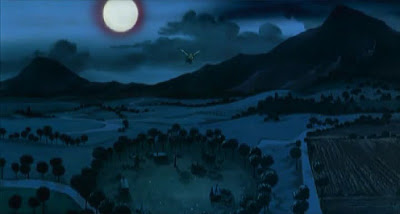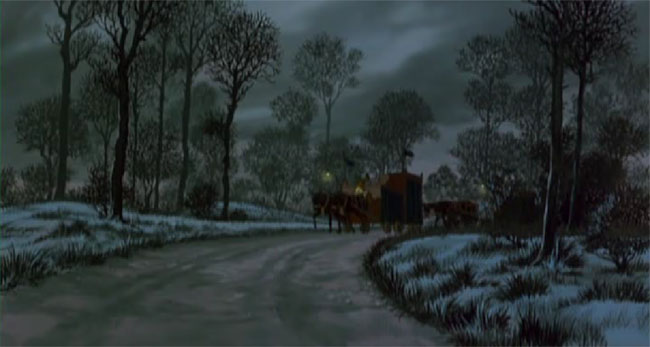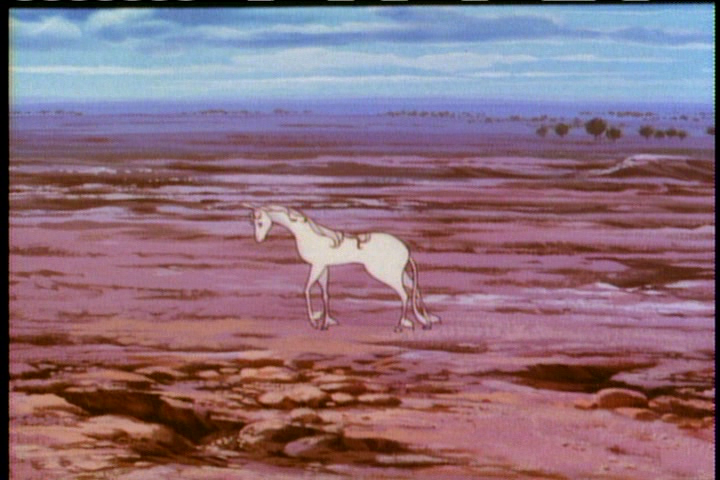In Defense of THE LAST UNICORN

Oh, gosh, where do I even start? There’s so much vitriol hurled against this film that I just don’t understand.
I first saw The Last Unicorn on a play date when I was 3 or 4 years old. It’s probably the first film I remember seeing. I even remember the girl’s name, Samantha, because her fine taste in cinematic fare wowed me so. I immediately begged my parents for a copy and evidently that worked. I watched it over and over again until I became obsessed with something else and forgot all about it.
However in high school, that pre-Google stone age, I became curious about the film and turned my house upside down until I found the tape again. Even after many years it simply blew me away. As an adult I can proudly say it has a great story, great characters, great voice acting, great score, great animation! Great great!
My vehement love for The Last Unicorn got me into film school and yet I have a lot of trouble convincing my friends that it’s a worthwhile film to watch because it’s about a talking unicorn. I’m assuming that’s also the reason for its appallingly low IMDb and Rotten Tomatoes ratings. Regardless, The Last Unicorn is a masterpiece.
A few stats:
TLU is a Rankin & Bass production based on the delightful 1968 novel by Peter S. Beagle. Of course Rankin & Bass are mostly known for their stop-motion Rudolph & Frosty holiday specials in the 60s and the hand-animated version of The Hobbit in the 70s, another VHS tape I wore out as a young’un. (Rankin & Bass also produced a 1980 sequel to the Bakshi animated The Lord Of the Rings, but I’m pretty sure they wished they hadn’t because it was terrible.)
Unsurprisingly, TLU shares a number of voice actors with the latter two R&B films, in addition to its own stellar vocal cast: Angela Lansbury, Christopher Lee, Alan Arkin, Jeff Bridges, Tammy Grimes, Keenan Wynn, Rene Auberjonois, and Mia Farrow as the unicorn. The same composer as The Hobbit, Jimmy Webb, did a very moving score for TLU, which also features original songs by the band America, most of which are great, a few of which are Mia Farrow and Jeff Bridges. And even though he’ll likely win an Oscar in a few weeks for playing a singer, TLU will always exist as evidence of his early musical fumbles.
More importantly than the music, however, is that TLU shares another trait with the two Tolkien films: the animation studio!
Much like today, many animated features & TV shows in the 70s shipped the bulk of their animation work overseas. Rankin & Bass was no exception. They worked with a small Japanese company called Topcraft on a number of features, The Last Unicorn being the last and best of their collaborations.
You can see how both the character animation and the background art is vastly superior in The Last Unicorn when compared with The Hobbit:
The color palette throughout TLU is unreal. The Hobbit, on the other hand, is lazy dull brown, very flat, very 70s. As a result The Hobbit now looks terribly dated while The Last Unicorn remains vivid!
The backgrounds are especially marvelous, an almost eclectic mix of Disney mattes filtered through the emerging anime style, interspersed with techniques like stamping that Hanna Barbera and other retro (and low budget) cartoons used frequently in the (g)olden days of animation. Stamping is especially evident on the bushes here:
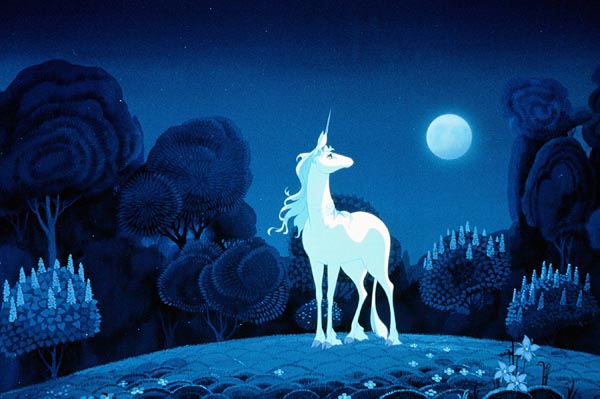
THE UNICORN LIT UP BY THE MOON
Here are a few more backgrounds for the curious (click to enlarge):
People with a sharp eye often compare the art of The Last Unicorn with that of Nausicaä of the Valley of the Wind — especially their use of deep blue backgrounds — and rightly so: they were animated by the same people! You see, the last project Topcraft worked on was Nausicaä, under Hayao Miyazaki. After the success of their first solo film, Topcraft became Studio Ghibli.
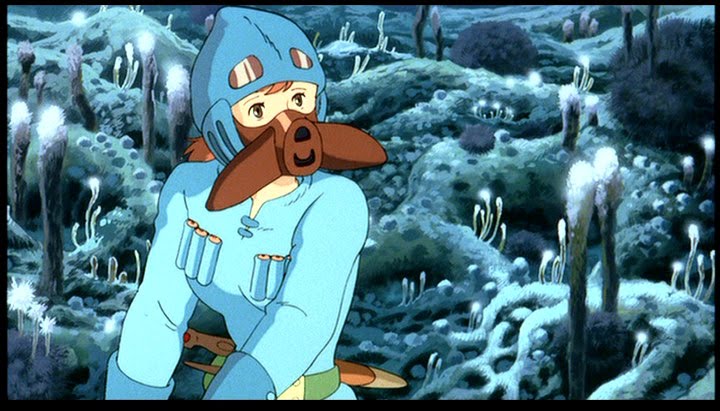
Back to the book: I had the great pleasure of meeting Peter S. Beagle at last year’s San Diego Comic-Con. The Last Unicorn was his most successful project, yet it’s caused him the most trouble and heartache; due to numerous legal disputes he’s seen almost no money from the film, despite massive success on VHS and DVD, and is still fighting for his fair share of revenue.
Peter wrote the screenplay of The Last Unicorn himself, which is one reason the story is so remarkably well-translated to screen. Someone told me recently that the best stories, and therefore the best films, generate as many tears as they do laughs, and if that’s the case The Last Unicorn is dead on. The original novel is equal parts hilarious and depressing; fully-laden with a healthy dose of meta and yet, as tongue-in-cheek as the story can be, it’s at the same time an extremely existential, emotional work. I recommend it as much as I do the film. It’s even more depressing.
I don’t know if there’s much more to be said about the film other than I really, really enjoy it and if you can suck up your pride and take a chance on a talking unicorn, or at least early singing by Jeff Bridges, you might find yourself pleasantly surprised. Here are the opening titles on YouTube:






